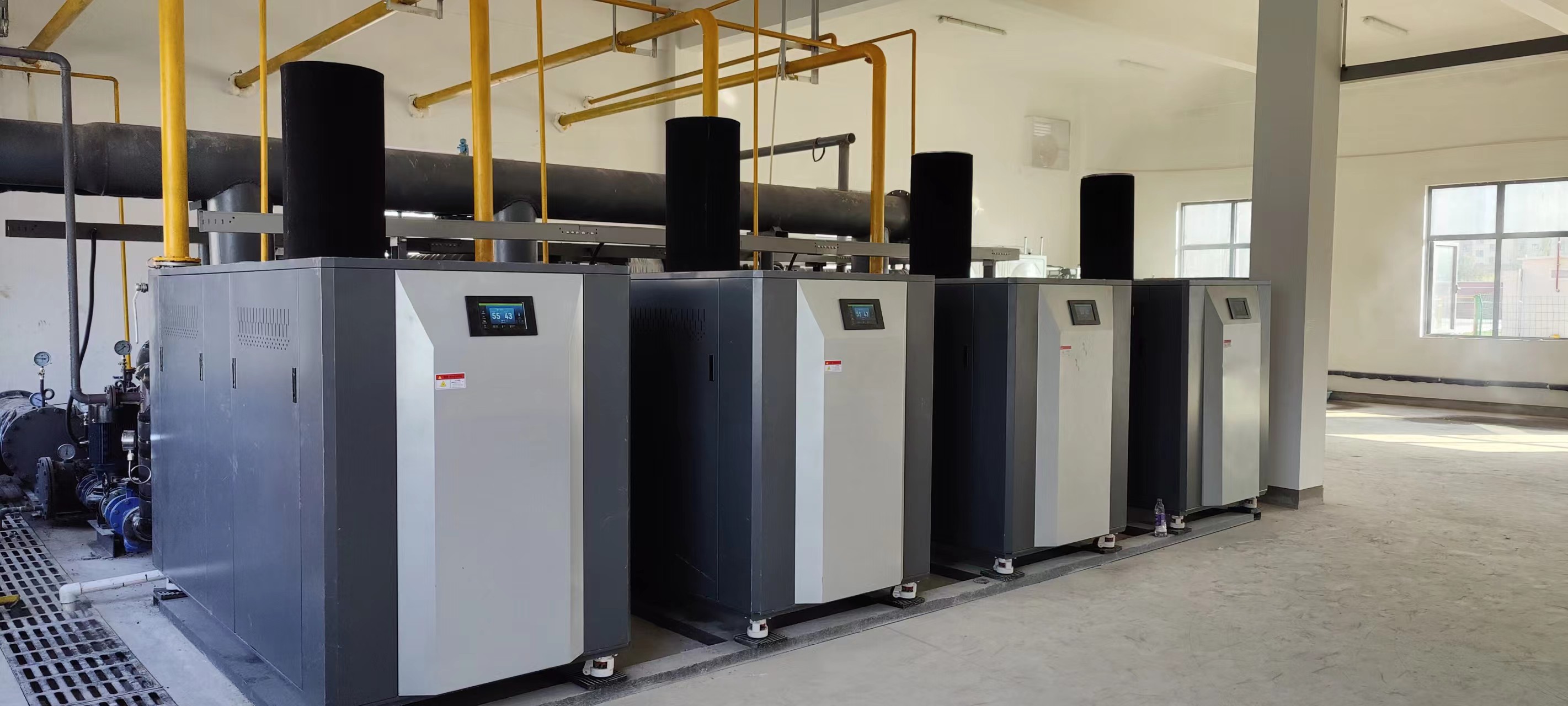- Afrikaans
- Albanian
- Amharic
- Arabic
- Armenian
- Azerbaijani
- Basque
- Belarusian
- Bengali
- Bosnian
- Bulgarian
- Catalan
- Cebuano
- China
- China (Taiwan)
- Corsican
- Croatian
- Czech
- Danish
- Dutch
- English
- Esperanto
- Estonian
- Finnish
- French
- Frisian
- Galician
- Georgian
- German
- Greek
- Gujarati
- Haitian Creole
- hausa
- hawaiian
- Hebrew
- Hindi
- Miao
- Hungarian
- Icelandic
- igbo
- Indonesian
- irish
- Italian
- Japanese
- Javanese
- Kannada
- kazakh
- Khmer
- Rwandese
- Korean
- Kurdish
- Kyrgyz
- Lao
- Latin
- Latvian
- Lithuanian
- Luxembourgish
- Macedonian
- Malgashi
- Malay
- Malayalam
- Maltese
- Maori
- Marathi
- Mongolian
- Myanmar
- Nepali
- Norwegian
- Norwegian
- Occitan
- Pashto
- Persian
- Polish
- Portuguese
- Punjabi
- Romanian
- Russian
- Samoan
- Scottish Gaelic
- Serbian
- Sesotho
- Shona
- Sindhi
- Sinhala
- Slovak
- Slovenian
- Somali
- Spanish
- Sundanese
- Swahili
- Swedish
- Tagalog
- Tajik
- Tamil
- Tatar
- Telugu
- Thai
- Turkish
- Turkmen
- Ukrainian
- Urdu
- Uighur
- Uzbek
- Vietnamese
- Welsh
- Bantu
- Yiddish
- Yoruba
- Zulu
Oct . 17, 2024 11:41 Back to list
american cast iron pipe
The American Cast Iron Pipe A Legacy of Durability and Efficiency
The American cast iron pipe has been a cornerstone of infrastructure in America since its inception in the 19th century. Renowned for its strength, durability, and resistance to corrosion, cast iron piping has played an essential role in the construction and maintenance of water supply and wastewater systems across the nation. This article explores the history, advantages, manufacturing process, and modern applications of American cast iron pipes, highlighting their enduring value in today’s society.
A Historical Overview
The use of cast iron piping can be traced back to the early 1800s when the first cast iron pipes were utilized in London. However, it was not until the mid-19th century that the technology and demand for these pipes expanded significantly in the United States. As cities began to grow rapidly due to industrialization and urbanization, the need for reliable water supply systems became apparent. Many urban municipalities adopted cast iron pipes for their water mains and sewer systems, establishing a trend that would shape American infrastructure development for generations.
By the late 1900s, advancements in manufacturing processes allowed for higher quality and more efficient production of cast iron pipes. The introduction of ductile iron, with its improved tensile strength and flexibility, further enhanced the performance of these pipes. This evolution transformed the landscape of American cities, facilitating the safe and efficient transport of water and wastewater.
Advantages of Cast Iron Pipes
One of the primary reasons for the widespread use of cast iron pipes is their remarkable durability. Cast iron pipes can last for over a century with proper maintenance, making them a cost-effective choice for municipalities. Their resistance to various environmental factors, such as soil pressure and harsh weather conditions, allows them to withstand the test of time.
In addition to durability, cast iron pipes offer excellent sound attenuation properties. This feature makes them particularly suitable for urban environments, as they minimize noise pollution from water flow, contributing to a more peaceful atmosphere for residents. Moreover, cast iron’s natural resistance to corrosion, especially when coated, reduces the likelihood of leaks and breaks, which are common issues in other pipe materials.
Another advantage of cast iron pipes is their ability to handle extreme temperatures, allowing them to be used in a variety of climates without significant risk of failure. This versatility has made cast iron a favored choice for infrastructure in many regions across the country.
american cast iron pipe

Manufacturing Process
The production of cast iron pipes involves a series of intricate steps to ensure high quality and consistency. First, raw iron is melted down in a furnace, and various alloying elements are added to enhance its properties. Once the iron reaches the correct temperature, it is cast into molds that shape the pipes.
The molds are designed to create pipes of different diameters and lengths, allowing for customization based on specific project requirements. After cooling, the cast pipes undergo several finishing processes, including trimming and surface treatment. The pipes may also be coated to further protect against corrosion.
Modern Applications
Today, American cast iron pipes remain an integral part of water infrastructure. They are utilized not only in municipal water systems but also in industrial applications, such as chemical processing and oil transport. The resurgence of interest in sustainable and resilient construction materials has also led to a renewed focus on cast iron pipes, which are now being promoted as an eco-friendly choice due to their longevity and recyclability.
Furthermore, as cities strive to modernize their water systems, there is a push to replace aging infrastructure with upgraded cast iron pipes that incorporate modern engineering technologies. This transformative approach aims to ensure that American cities maintain robust and efficient water delivery systems, crucial for public health and safety.
Conclusion
The legacy of American cast iron pipes reflects a commitment to durability, efficiency, and sustainable infrastructure development. As urban populations continue to grow and the demands for safe and reliable water systems increase, cast iron pipes will undoubtedly remain a vital component of America's architectural and engineering frameworks. Their proven performance over time, coupled with advancements in manufacturing and design, ensures that cast iron pipes will continue to serve future generations effectively.
-
Premium Cast Iron Water Main Pipe: Durable, Corrosion-Resistant
NewsAug.03,2025
-
Durable Cast Iron Water Mains | AI-Optimized Systems
NewsAug.02,2025
-
High-Efficiency Propane Boiler for Baseboard Heat | Save Energy
NewsAug.01,2025
-
Premium Source Suppliers for Various Gray Iron Castings
NewsJul.31,2025
-
Durable Cast Iron Water Main Pipes | Long-Lasting
NewsJul.31,2025
-
High-Quality Cast Iron Water Main Pipe for Durable Infrastructure
NewsJul.30,2025


